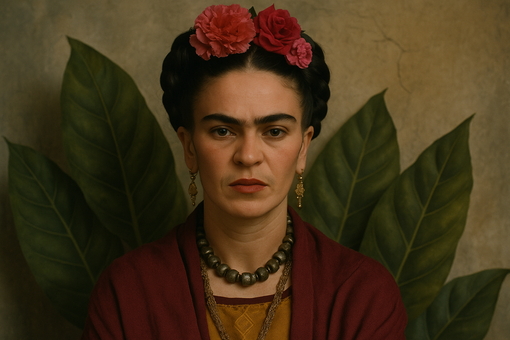When words reach their limits
Traumas leave deep marks. If they can be told with words, they are also inscribed in the body, in breathing, posture, or muscle memory. That is why speech alone is not always enough to soothe these invisible traces.
Psychologists talk about implicit memory: emotions, sensations, or bodily reflexes that persist without going through language. In these cases, verbal dialogue may be necessary but not sufficient. The body, for its part, retains the memory of wounds and must also be heard.
The body as a place of memory
Neuroscience has shown that in the face of intense stress or emotional shock, the body triggers survival mechanisms: muscle tension, blocked breathing, heightened vigilance. These reactions, useful at the moment, can become entrenched if they are not released.
This is sometimes called “the somatic imprint of trauma”: the body continues to react as if the danger is still present, even long after the event. Hence the importance of engaging in movement to restore inner safety.
Movement as a path to liberation
Dancing, walking consciously, improvising gestures: these bodily experiences allow for reactivating the flow of life where it had become frozen. Movement opens a space where one can feel, express, and transform accumulated tensions without necessarily going through verbal narrative.
Somatic approaches — dance, conscious breathing, guided body practices — offer another entry point to soothing. They help restore a balance between body and mind, and access a deeper emotional release.
Putting into words after moving
If movement is liberating, it can be enriched by a time of verbalization. After dancing or exploring gestures, putting the experience into words helps connect bodily experience to awareness. This back-and-forth between body and speech promotes a more complete integration.
My support: from body to awareness
I support individuals and groups in exploring the role of the body in soothing past wounds, through:
🔵Guided movement sessions to express physical and emotional blockages;
🔵Safe spaces where everyone can experiment without judgment, at their own pace;
🔵Moments of verbalization to connect bodily experience to conscious understanding;
🔵An integrative approach that values resilience, creativity, and self-empowerment.
Dancing for soothing: a path to reconciliation
The body is not only a witness to traumas: it can become their path of transformation. By giving it the opportunity to express and liberate itself, we open a space for inner reconciliation. Gestures then become passages to regained serenity.
Soothing does not mean forgetting, but reinhabiting one's body and history with more freedom. And sometimes, the first step towards this soothing is simply… a movement.




